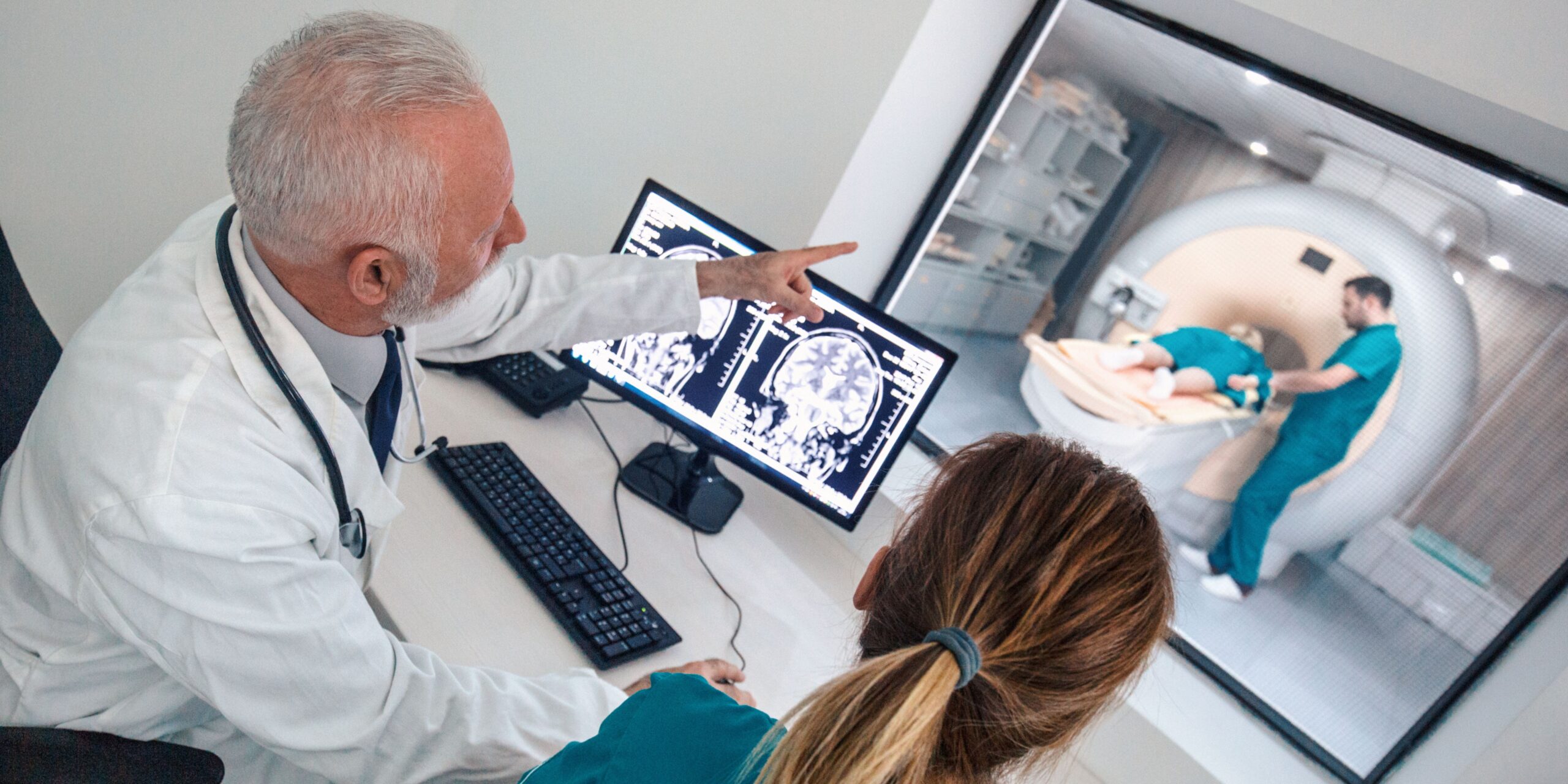Medical imaging has revolutionized the field of diagnostics, enabling healthcare professionals to visualize the human body in ways that were once unimaginable. Magnetic Resonance Imaging (MRI) is one such remarkable imaging technique that has gained immense popularity due to its non-invasive nature and ability to produce detailed images of internal structures.
Magnetic Resonance Imaging utilizes a powerful magnetic field, radio waves, and a computer system to generate highly detailed cross-sectional images of the body. Unlike X-rays or computed tomography (CT), MRI does not use ionizing radiation, making it a safer option for patients. Instead, it capitalizes on the behavior of atomic nuclei when subjected to a magnetic field.
How Does MRI Work?
At the core of MRI lies the principle of nuclear magnetic resonance (NMR). When a patient is placed inside the MRI machine, the hydrogen atoms (protons) in their body align themselves with the magnetic field. The machine then emits radio waves that cause the protons to produce a detectable signal. By manipulating the magnetic field and analyzing the signals, a computer constructs detailed images of the body’s internal structures, including organs, soft tissues, and even the brain.
MRI Applications
MRI is a versatile imaging technique that finds applications in various medical fields. Some of its notable uses include:
Neuroimaging
MRI provides detailed images of the brain and spinal cord, aiding in the diagnosis of conditions such as tumors, strokes, multiple sclerosis, and brain injuries.
Musculoskeletal Imaging
It helps evaluate joint disorders, spinal conditions, sports injuries, and bone tumors.
Abdominal and Pelvic Imaging
MRI assists in the assessment of liver diseases, gastrointestinal disorders, kidney abnormalities, and reproductive system disorders.
Cardiac Imaging
MRI enables the evaluation of the heart’s structure, function, and blood flow, assisting in diagnosing heart diseases, heart attacks, and congenital heart defects.
Advantages of MRI
MRI offers several advantages over other imaging modalities.
Non-invasiveness
MRI does not involve any surgical procedures or exposure to ionizing radiation, making it a safe and non-invasive imaging technique.
Soft Tissue Differentiation
MRI provides exceptional contrast between different soft tissues, allowing for detailed analysis and accurate diagnosis.
Multi-Planar Imaging
MRI can produce images in multiple planes (axial, sagittal, and coronal), facilitating a comprehensive evaluation of anatomical structures.
Functional Imaging
Advanced MRI techniques such as functional MRI (fMRI) can assess brain activity and connectivity, contributing to the understanding of neurological disorders and cognitive processes.
Limitations and Considerations
While MRI is a highly valuable diagnostic tool, it does have certain limitations and considerations:
Time and Cost
MRI scans typically take longer to acquire compared to other imaging modalities, and the equipment and infrastructure required can be expensive.
Patient Limitations
Some individuals with specific medical devices or metallic implants may not be eligible for an MRI due to safety concerns related to the strong magnetic field.
Claustrophobia
The confined space of an MRI machine can cause anxiety or claustrophobia in certain patients. However, open MRI machines or sedation options may be available to address this issue.
Artifacts
Certain factors, such as patient motion, metal objects, or implants, can produce artifacts on the MRI images, potentially affecting image quality and interpretation.
Magnetic Resonance Imaging (MRI) has revolutionized the field of medical imaging, providing healthcare professionals with a powerful tool to diagnose and monitor a wide range of medical conditions. Its non-invasive nature, ability to produce detailed images, and versatility in various medical specialties make it a go-to imaging modality. As technology advances, MRI continues to evolve, offering even more sophisticated techniques and enhanced diagnostic capabilities. With ongoing research and innovation, the future of MRI holds great promise in further improving patient care and outcomes.
The information provided in The Voyage Medical Blogs is for general informational purposes only and is not intended as medical advice. It should not replace consultation with qualified healthcare professionals. Please consult a healthcare professional for medical advice tailored to your specific situation.

